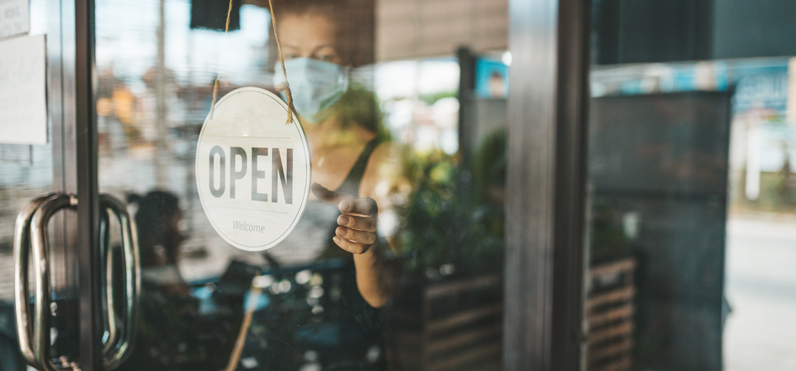Owners of both owner-occupied and investment real estate continue to face unprecedented, escalating, and real-time challenges as a result of COVID-19. Whether through a curtailment in their own business operations or in the business operations of their tenants, owners are finding it increasingly difficult to maintain their own mortgage debt service; and in the case of investment properties, owners are deluged with requests by defaulting tenants for lease modifications including rent waivers, reductions, and deferrals, and reductions in the size of the leased premises or the remaining term of the lease. Many owners may be considering filing for bankruptcy protection or incurring additional debt, or even exiting from the investment through the sale of all or a portion of the ownership entity or the collateral to an investor better able to weather the storm. These circumstances require owners and their principals to take a close look at their loan documentation not only to avoid triggering an inadvertent event of default, but also to determine the potential for unanticipated liability of the principal. This article emphasizes the potential for such unanticipated liability within the context of so-called “non-recourse” loans.
This article emphasizes the potential for such unanticipated liability within the context of so-called “non-recourse” loans.
Although many commercial real estate loans are described as non-recourse -- that is, underwritten based primarily on the value and marketability of the collateral rather than the borrower’s personal ability to repay the debt -- most commercial lenders nevertheless require some form of limited guaranty from the principal entity or individual, which typically contain certain exceptions to the non-recourse nature of the loan. These exceptions -- typically referred to as non-recourse or “bad boy” carveouts -- traditionally include various intentional acts by the borrower which would tend to have an adverse effect on the lender’s ability to recover solely from the collateral. Such traditional bad-boy carveouts impose liability on the limited guarantor for losses to the lender attributable to circumstances such as the borrower’s fraud or misrepresentation; intentional waste; misappropriation of funds; or violation of environmental laws. Commission of any one of these bad-boy acts would impose direct liability on the limited guarantor for any losses to the lender attributable to such acts.
Over time, the range of non-recourse carveouts has expanded well beyond traditional bad-boy acts, to include such circumstances as the borrower filing for bankruptcy protection or admitting its inability to pay its debts as they become due; waiver of tenant obligations under a lease of all or a portion of the collateral, or the modification or termination of any lease; the violation of certain loan covenants such as failure to maintain loan to value or debt service coverage ratios; or the voluntary or involuntary transfer of an interest in the borrower or the collateral. Moreover, the liability of the limited guarantor to the lender under non-recourse carveouts has expanded from losses solely attributable to the specific carveout act, to direct liability for the entire principal balance of the loan.
As borrowers and principals (particularly “non-recourse” limited guarantors) grapple with the impact of COVID-19, they must be increasingly vigilant to avoid triggering an event of default and/or carveout liability for what might appear to be routine and prudent measures to address debt service pressures and/or tenant defaults. Here are some common examples of the many measures that should be preceded by heightened caution (and a hard read of the borrower’s loan documents), even when the loan is performing:
1. Advising the lender that as a result of COVID-19 the borrower cannot continue to service its debt and is requesting a loan modification or other accommodation. Although reaching out in this manner could be seen as cooperative and commercially reasonable, the same might constitute an admission of the borrower’s inability to pay its debts as they become due, thereby triggering an event of default and potential carveout liability under a limited guaranty.
2. Making a direct or indirect transfer of an ownership interest in the borrower or the collateral, such as substitution of one investor for another, conveyance of an ownership interest to a related or unrelated party, or further encumbering the collateral with subordinate debt, without obtaining the lender’s prior written consent. While these steps may appear to be immaterial to the value or marketability of the collateral, the same would likely trigger an event of default and potential carveout liability.
3. Granting a rent concession or deferral, or otherwise modifying or accepting the early termination of a lease, without obtaining the lender’s prior written consent. Although such measures may appear to be practical and even necessary from a business standpoint, the same would likely trigger an event of default and potential carveout liability.
As we all work our way through the novel challenges and uncertainties brought on by COVID-19, the attorneys at Moriarty Bielan & Malloy LLC stand ready to assist our clients with thorough and expert review and advice regarding commercial real estate loan documentation, proposed loan modifications, responses to defaulting tenants, and refinancing and recapitalization transactions.


